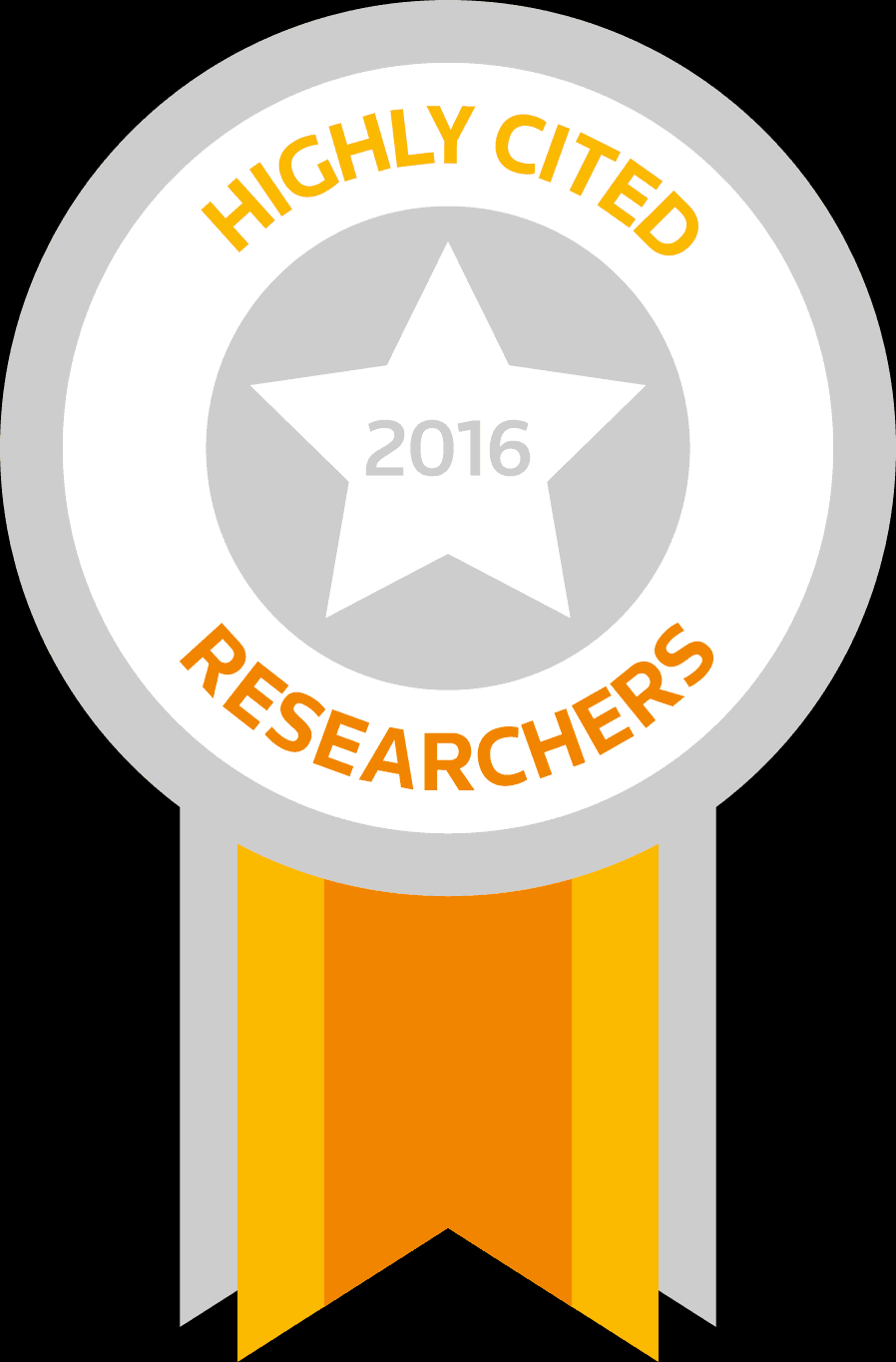Yongye Liang Prof.
Education
2005--2009 Ph. D. in Organic Chemistry The University of Chicago
2004--2005 M.S. in Chemistry The University of Chicago
1999--2003 B.S. in Chemistry Nanjing University, China
Research Experience
2018-present Associate Professor (Tenure)
MSE, South University of Science &Technology of China
Developing of advanced materials for energy, electronics and biotechnology through the combination of chemical design and synthesis with device studies.
2011--2018 Associate Professor
MSE, South University of Science &Technology of China
Developing of advanced materials for energy, electronics and biotechnology through the combination of chemical design and synthesis with device studies.
2009--2012 Postdoctoral Research Associate with Prof. Hongjie Dai
Stanford University
Developing nano-carbon based hybrid materials for energy conversion and storage.
Synthesizing new polymer surfactants for nano-carbon based biomaterials.
2004--2009 Graduate Research Assistant with Prof. Luping Yu
University of Chicago
Developing semiconducting polymers for organic photovoltaic applications.
Developed the first polymer system (PTB) with over 7% efficiency in organic solar cells.
2001--2004 Undergraduate and Research Assistant with Prof. Zheng Xu
Nanjing University
Exploring feasible methods for shape-controlling synthesis of nanomaterials.
Web of Knowledge Statistics by 2016-08
Citations: >20000, h-Index: 40.
Honors and Awards
2012 Top 15 Scientists with Multiple Hot Papers in 2011, Science Watch.
2013 Shenzhen Peacock Award, Category B, Shenzhen Municipality.
2016 Top-notch Talent in Guangdong of China.
2016 Highly Cited Scholars Worldwide in Chemical Engineering (Shanghai Ranking & Elsevier).
2016 Highly Cited Researchers (Thomson Reuters).
2017 2016 Chinese Most Cited Researchers(Elsevier)
2018 Highly Cited Researchers(Clarivate Analytics)
2019 2019 Chinese Most Cited Researchers(Elsevier)

Research Direction
His research focuses on the development of advanced materials for energy, electronics and biotechnology applications by combining chemical design and synthesis with device studies.
Publications
Electrocatalysis:
1. Wu, Y. S.; Jiang, Z.; Lu, X.; Liang, Y. Y.*; Wang, H. L.* “Domino electroreduction of CO2 tomethanol on a molecular catalyst” Nature. 2019, 575, 639-642.
2.Zhang, X.#; Wang, Y.#; Gu, M.#; Wang. M. Y.#; Zhang, Z. S.; Pan, W. Y.; Jiang, Z.; Zheng, H. Z.; Lucero, M.; Wang, H. L.; Sterbinsky, G. E.; Ma, Q.; Wang, Y.G.*; Feng, Z. X.*; Li, J.; Dai, H. J.; Liang, Y. Y.* “Molecular engineering of dispersed nickel phthalocyanines on carbon nanotubes for selective CO2 reduction” Nat. Energy. 2020, 5, 684–692.
3.Wu, Y. S.#; Jiang, Z.#; Lin, Z. C.#; Liang, Y. Y.*; Wang, H. L.* Direct electrosynthesis of methylamine from carbon dioxide and nitrate. Nat Sustain. 2021. https://doi.org/10.1038/s41893-021-00705-7
4. Zhang, X.#; Wu, Z. S.#; Zhang, X.#; Li, L. W.#; Li, Y. Y.; Xu, H. M.; Li, X. X.; Yu, X. L.; Zhang, Z. S.; Liang, Y. Y.*; Wang, H. L.*. “Highly Selective and Active CO2 Reduction Electrocatalysts Based on Cobalt Phthalocyanine/Carbon Nanotube Hybrid Structures” Nat. Commun. 2017, 8, 14675. (Highly cited paper)
5.Zhang, X.*; Zhang, X.; Xu, H. M.; Wu. Z. S.; Wang, H. L.; Liang, Y. Y.* “Iron-doped Cobalt Monophosphide Nanosheet/Carbon Nanotube Hybrids as Active and Stable Electrocatalysts for water Splitting” Adv. Funct. Mater. 2017, 27,1606635 .(Highly cited paper)
6.Weng, Z.#; Wu, Y. S.#; Wang, M. Y.; Jiang, J. B.; Yang, K; Huo, S. J.; Wang, X. F.; Ma, Q.; Brudvig, G. W.; Batista, V. S.; Liang, Y. Y.*; Feng, Z. X.*; Wang, H. L.* “Active Sites of Copper-complex catalytic materials for electrochemical carbon dioxide reduction” Nat. Commun. 2018, 9, 415.(Highly cited paper)
7.Wang, Y.; Wang, M. Y.; Zhang, Z. S.; Wang, Q.; Jiang, Z.; Lucero, M.; Zhang, X.; Li, X. X.; Gu, M.*; Feng, Z. X.*; Liang, Y. Y.* “Phthalocyanine Precursors To Construct Atomically Dispersed Iron Electrocatalysts” ACS Catal. 2019, 9, 6252−6261.
NIR-II Detector:
1.Yang, Q. L.#; Ma, Z. R.#; Wang, H. S.; Zhou, B.; Zhu, S. J.; Zhong, Y. T.; Wang, J. Y.; Wan, H.; Antaris, A.; Ma, R.; Zhang, X.; Yang, J. Y.; Zhang, X. D.*; Sun, H. T.*; Liu, W. Q.; Liang, Y. Y.*; Dai, H. J.* “Rational Design of Molecular Fluorophores for Biological Imaging in the NIR-II Window” Adv. Mater. 2017, 29,1605497.(Highly cited paper)
2.Yang, Q. L.#; Hu, Z. B.#; Zhu, S. J.#; Ma, R; Ma, H. L.; Ma, Z. R.; Wan, H; Zhu, T; Jiang, Z. Y.; Liu, W. Q.; Jiao, L. Y.; Sun, H. T.*; Liang, Y. Y.*; Dai, H. J.*; “Donor Engineering for NIR-II Molecular Fluorophores with Enhanced Fluorescent Performance” J. Am. Chem. Soc. 2018, 140, 1715-1724.(Highly cited paper)
3. Wan, H. #; Yue, J. Y. #; Zhu, S..J. #; Uno, T. #; Zhang, X. D. #; Yang, Q. L. #; Yu, K.; Hong, G. S., Wang, J. Y.; Li, L. L.; Ma, Z. R.; Gao, H. P.; Zhong, Y. T.; Su, J.; Antaris, A. L.; Xia, Y.; Luo, J.; Liang, Y. Y.*; Dai, H. J.* “A Bright Organic NIR-II Nanofluorophore for Threedimensional Imaging into Biological Tissues” Nat. Commun. 2018, 9, 1171.(Highly cited paper)
OPVs and OPDs:
1.Zhang, L. Z.#; Yang, T. B.#; Shen, L.; Fang, Y. J.; Dang, L.; Zhou, N. J.; Guo, X. G.; Hong, Z. R.; Yang, Y.; Wu, H. B.*; Huang, J. S.*; Liang, Y. Y.* “Toward highly Sensitive Polymer Photodetectors by Molecular Engineering.” Adv. Mater. 2015, 27, 6496-6504.
2.Zhang, C. H.; Wang, W.; Huang, W.; Wang, J.; Hu, Z. B.; Lin, Z. C.; Yang, T. B. *; Lin, F. Y.; Xing, Y.; Bai, J. X.; Sun, H. T.*; Liang, Y. Y.* “Methyl Thioether Functionalization of a Polymeric Donor for Efficient Solar Cells Processed from Non-Halogenated Solvents” Chem. Mater. 2019, 31, 8, 3025-3033.
3.Zhang, C. -H. #; Lin, F. Y.#; Huang, W.#; Xin, J. M. #; Wang, J.; Lin, Z. C.; Ma, W. *; Yang, T. B. *; Xia, J. B.; Liang, Y. Y.*"Methyl Functionalization on Conjugated Side Chains for Polymer Solar Cells Processed from Non-chlorinated Solvents"J. Mater. Chem. C,2020,https://doi.org/10.1039/D0TC02032J